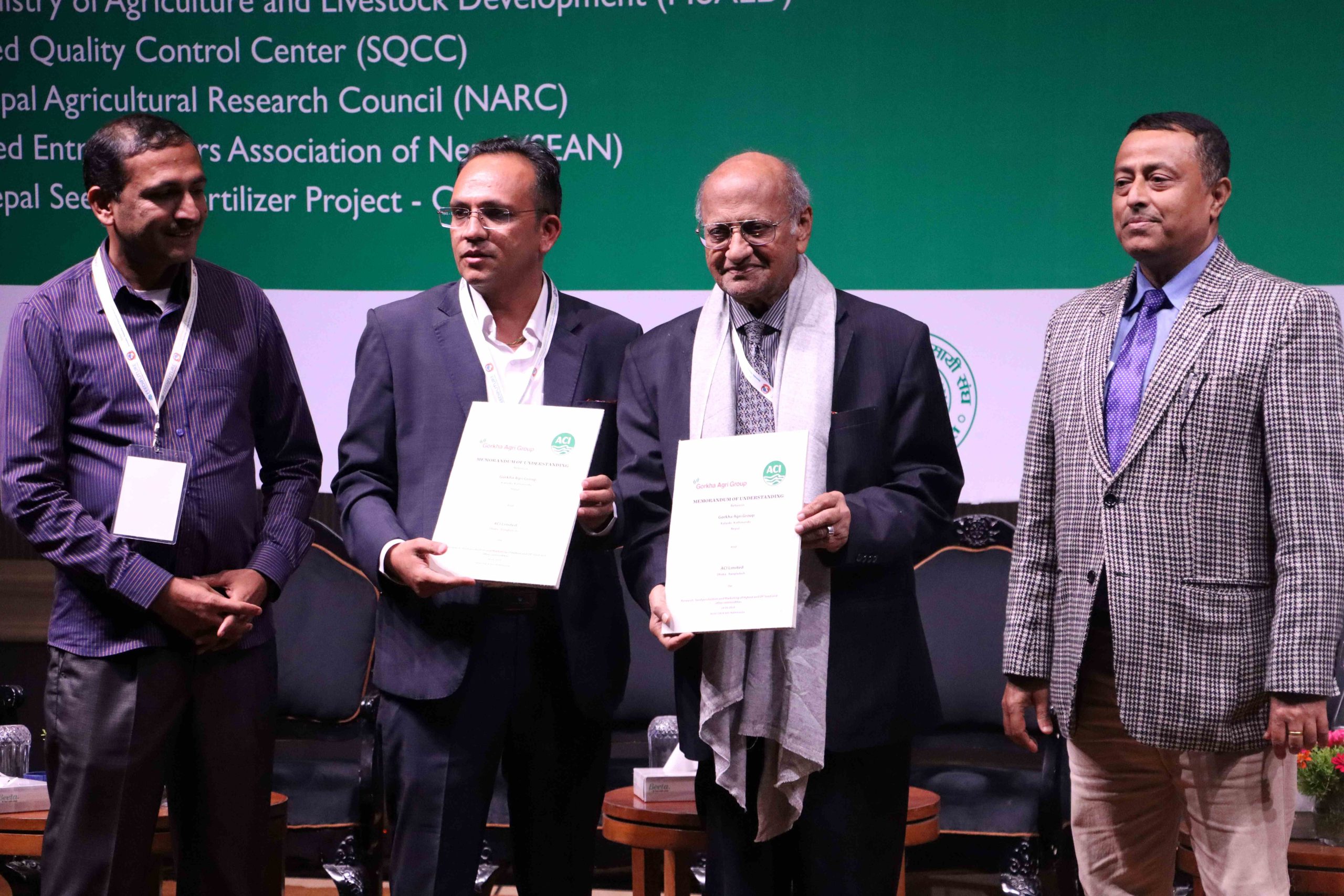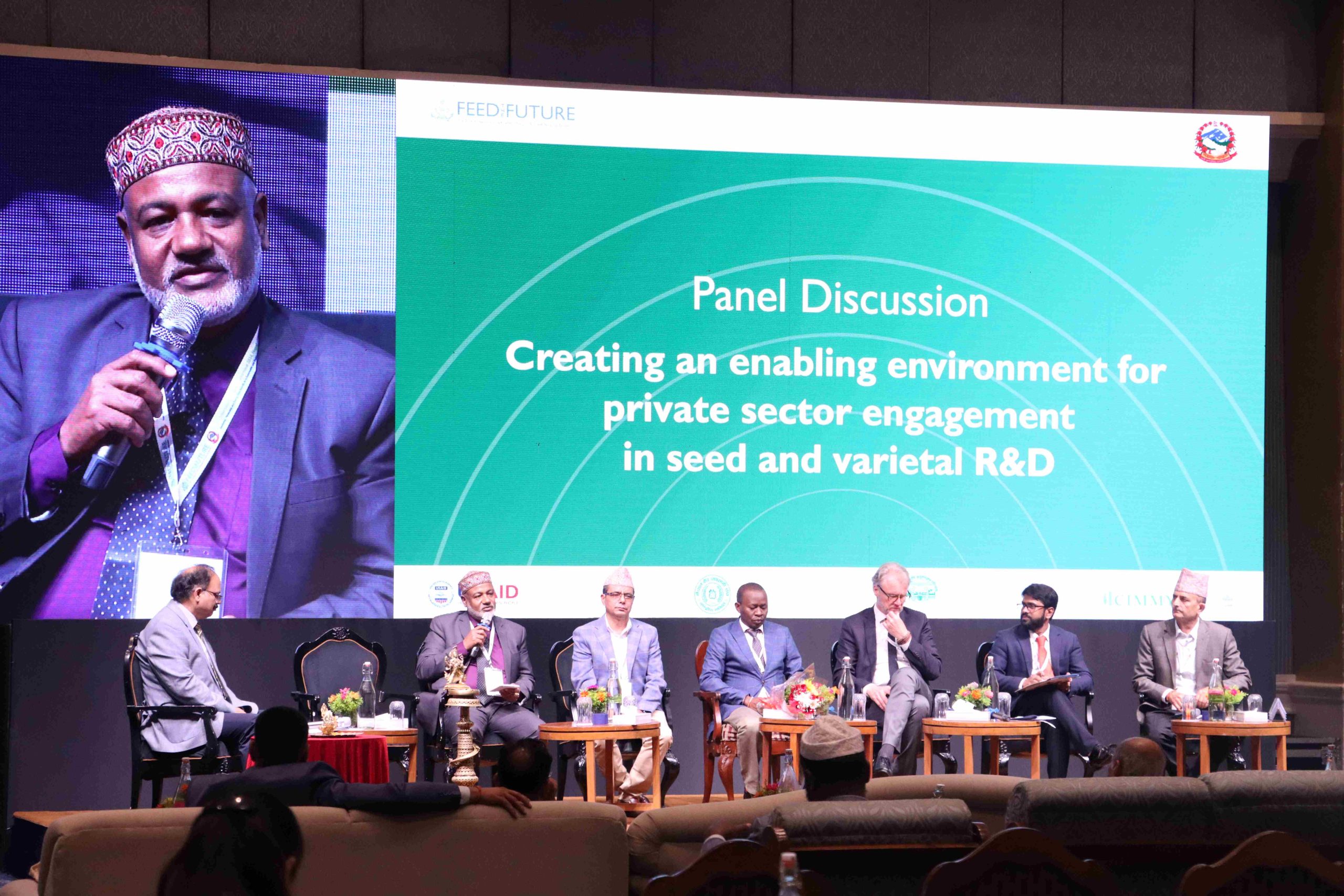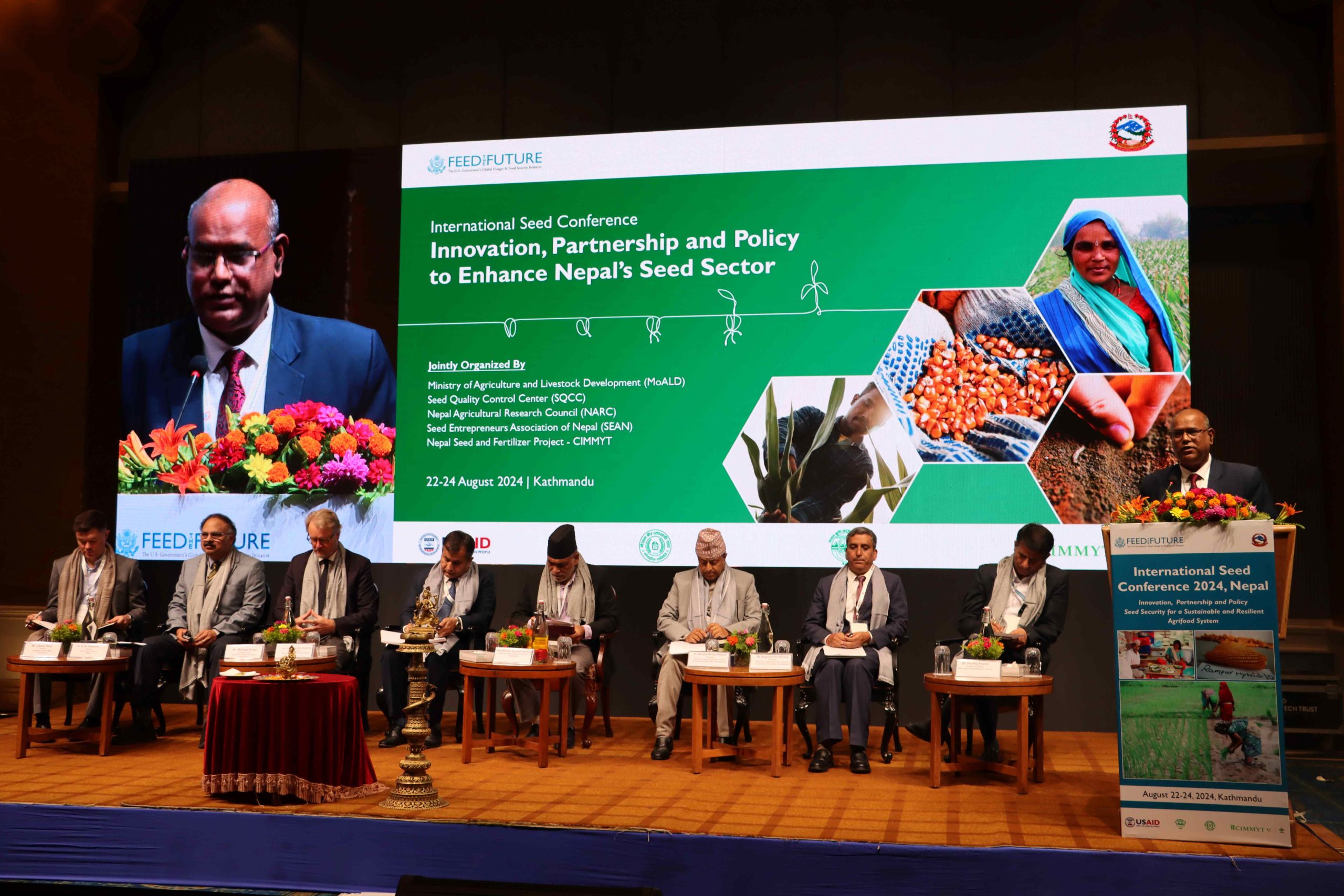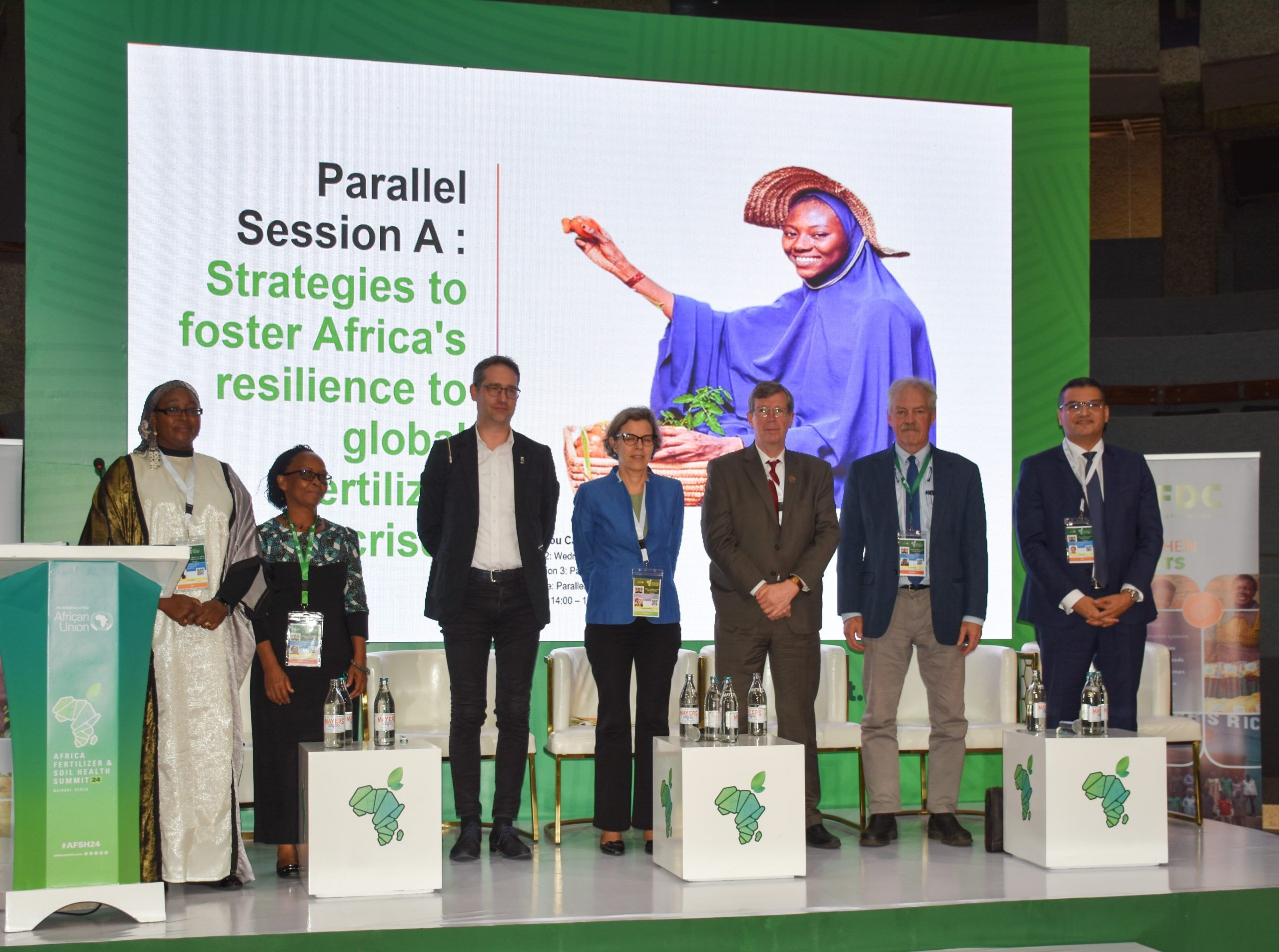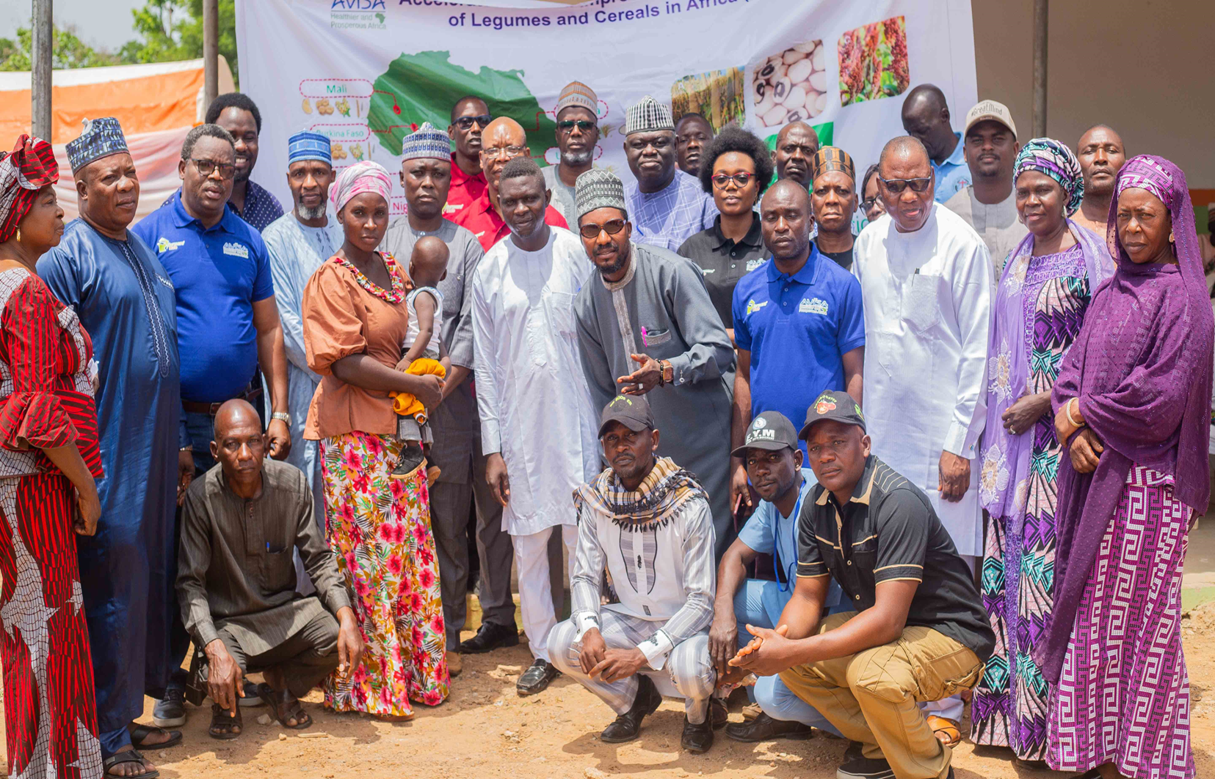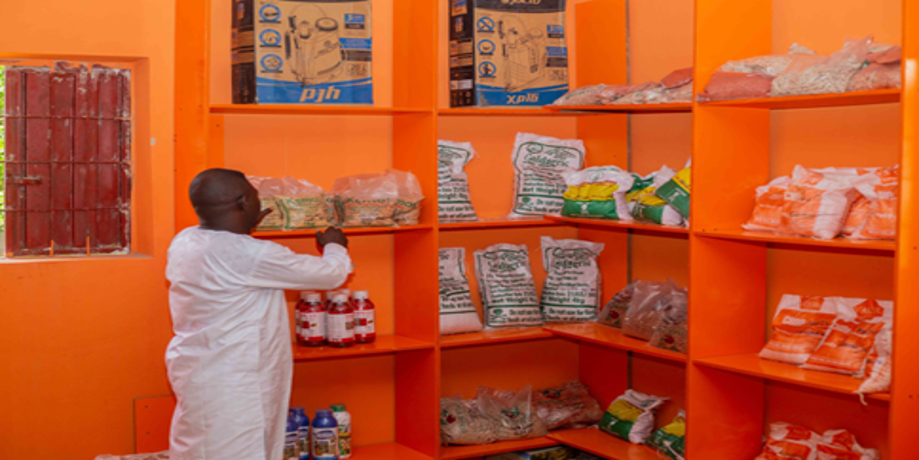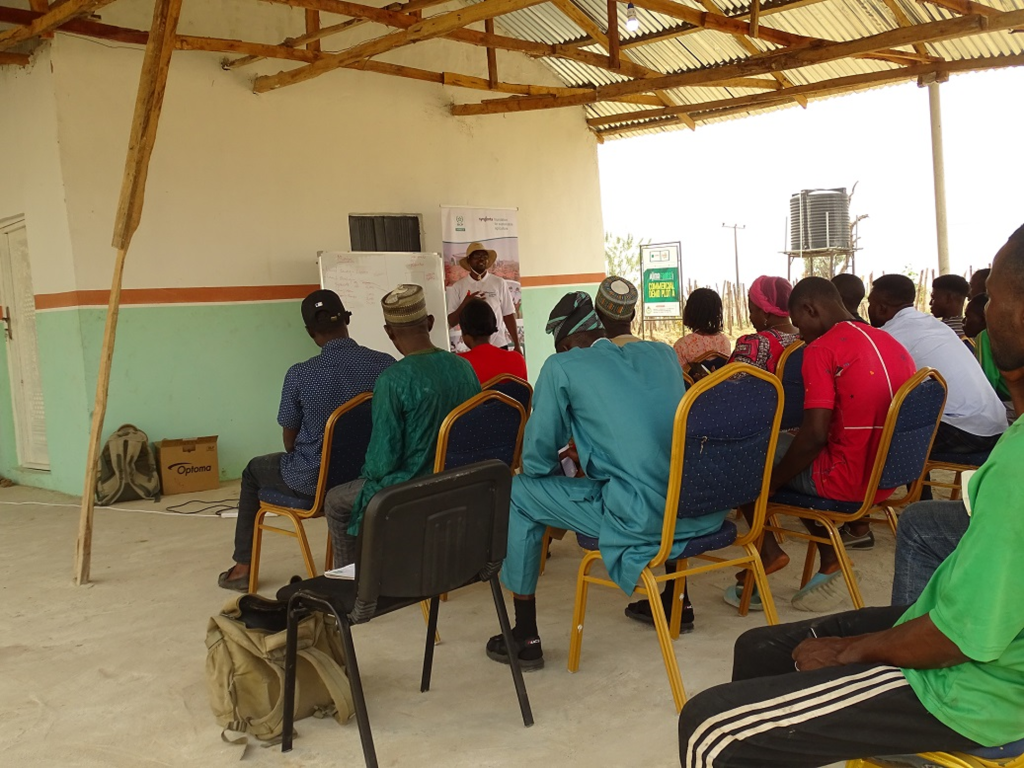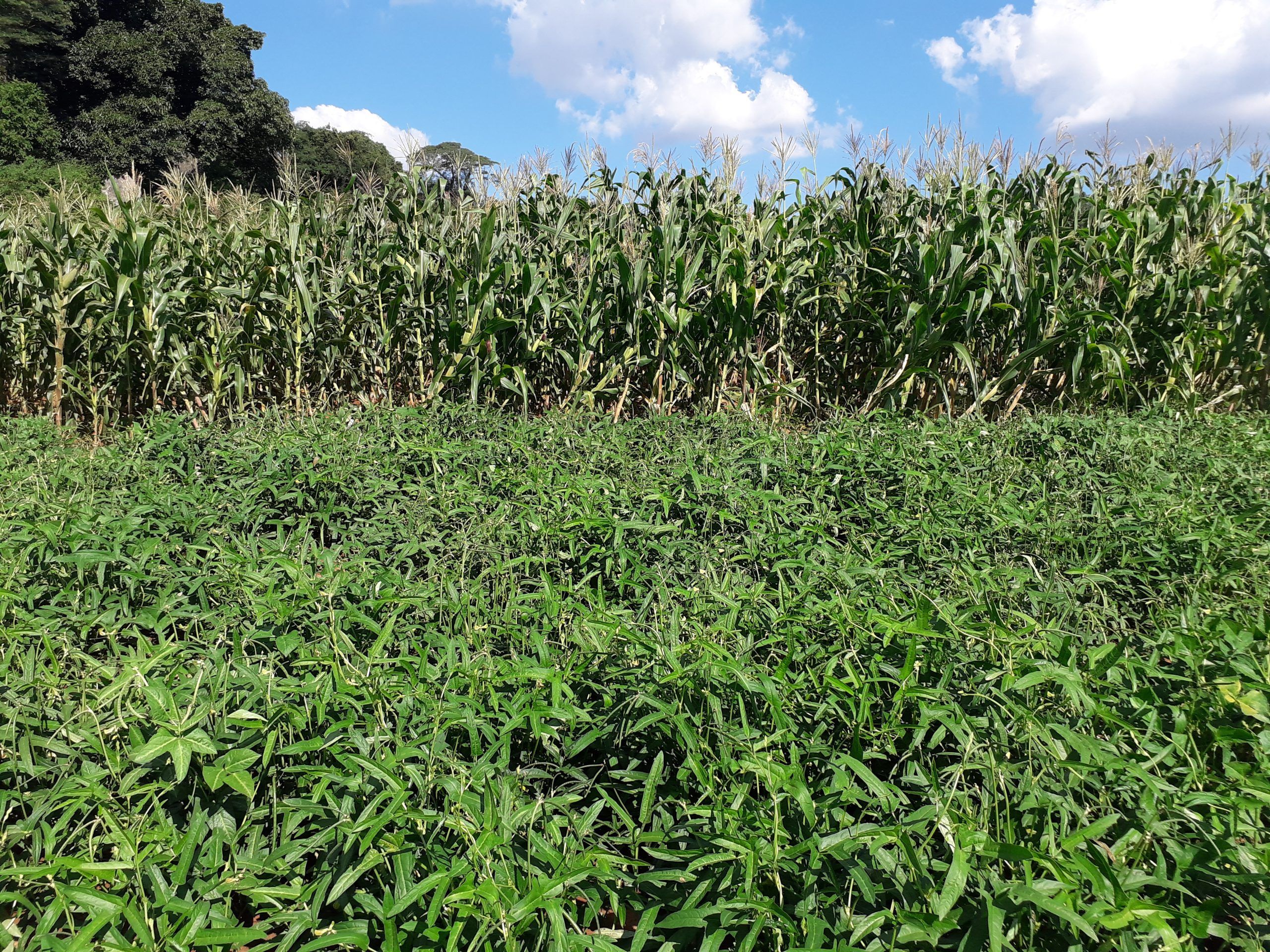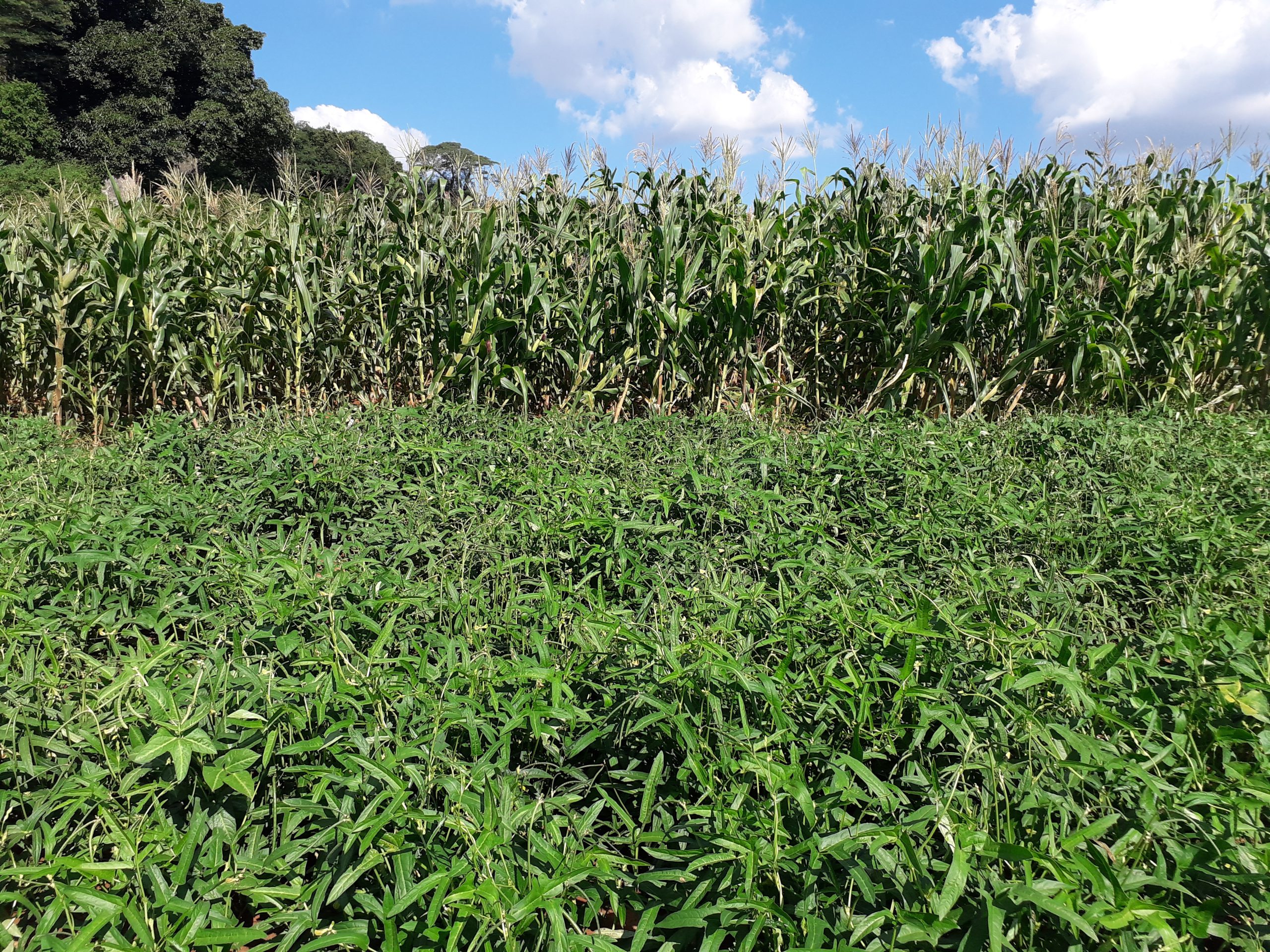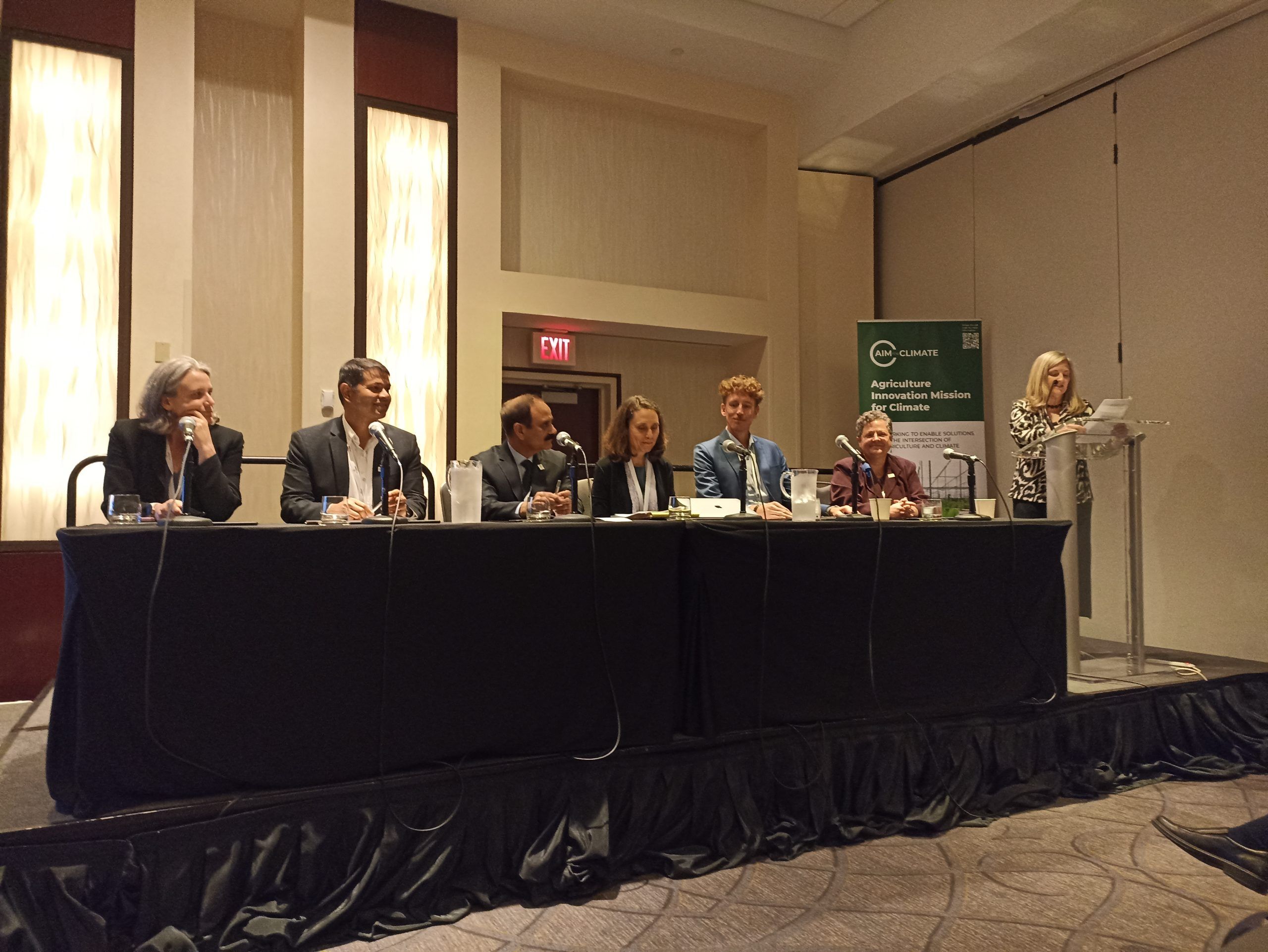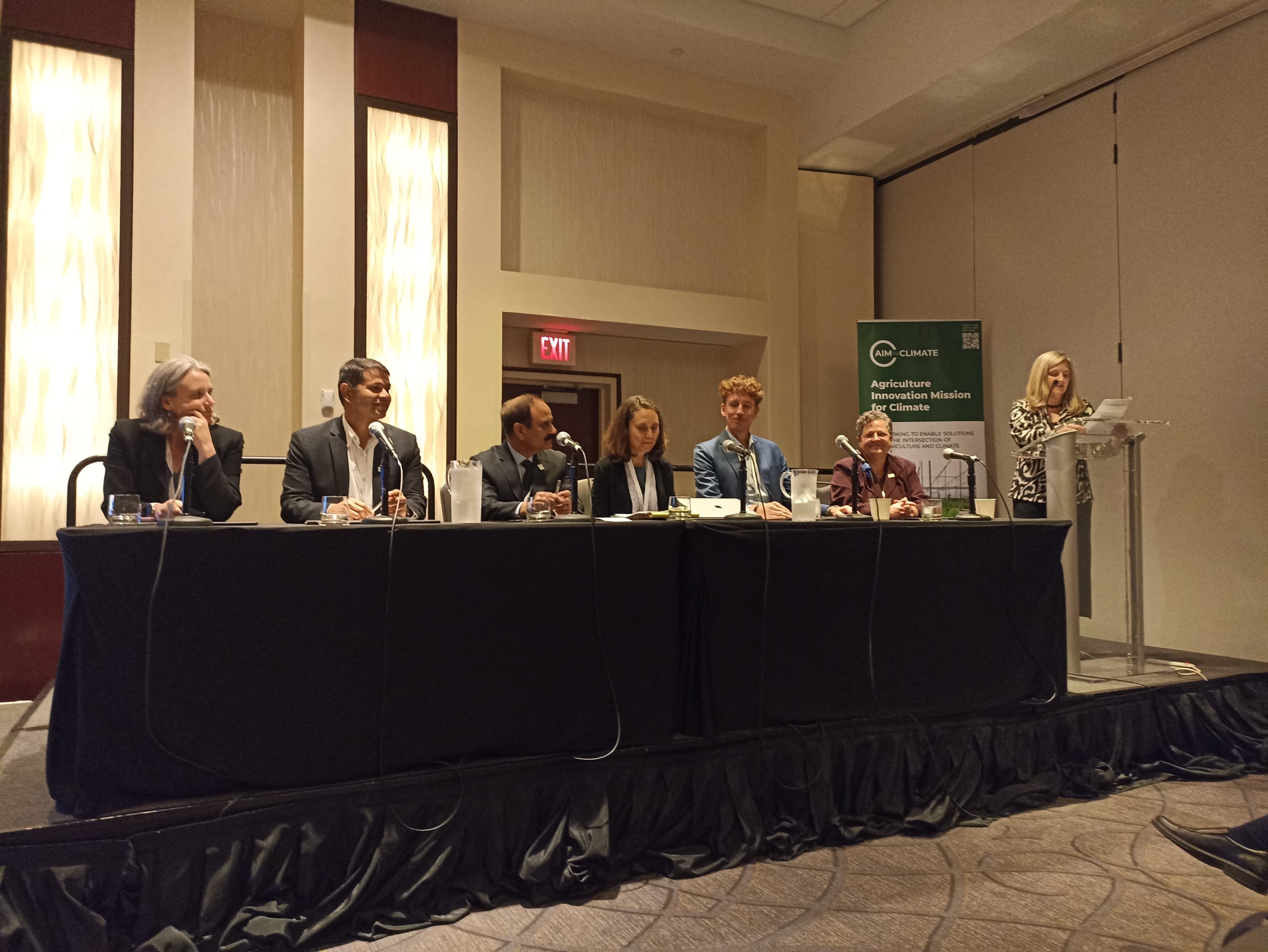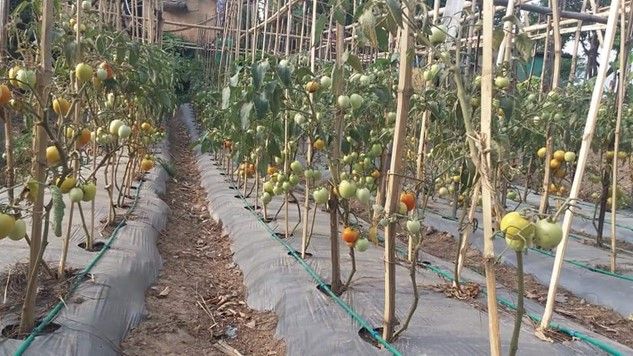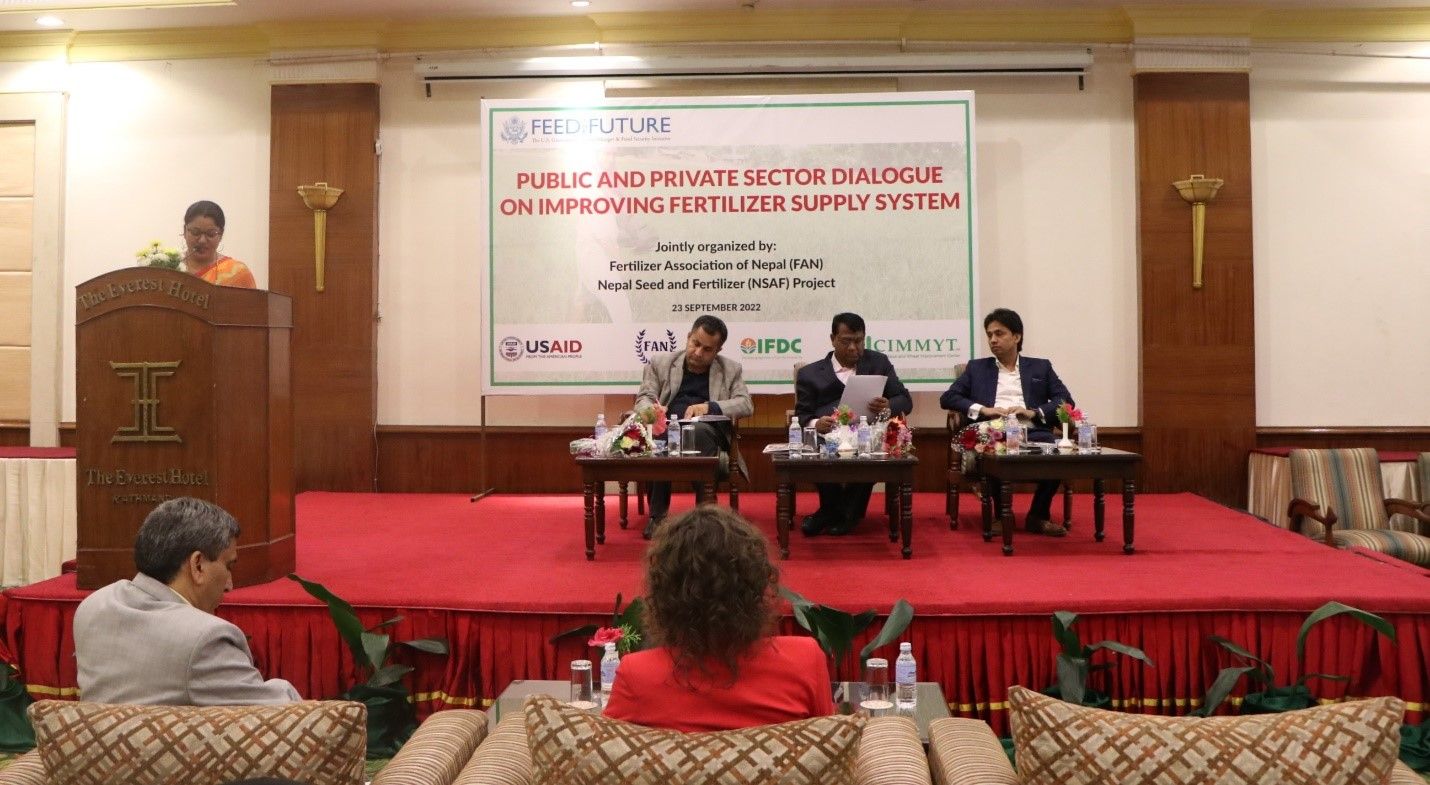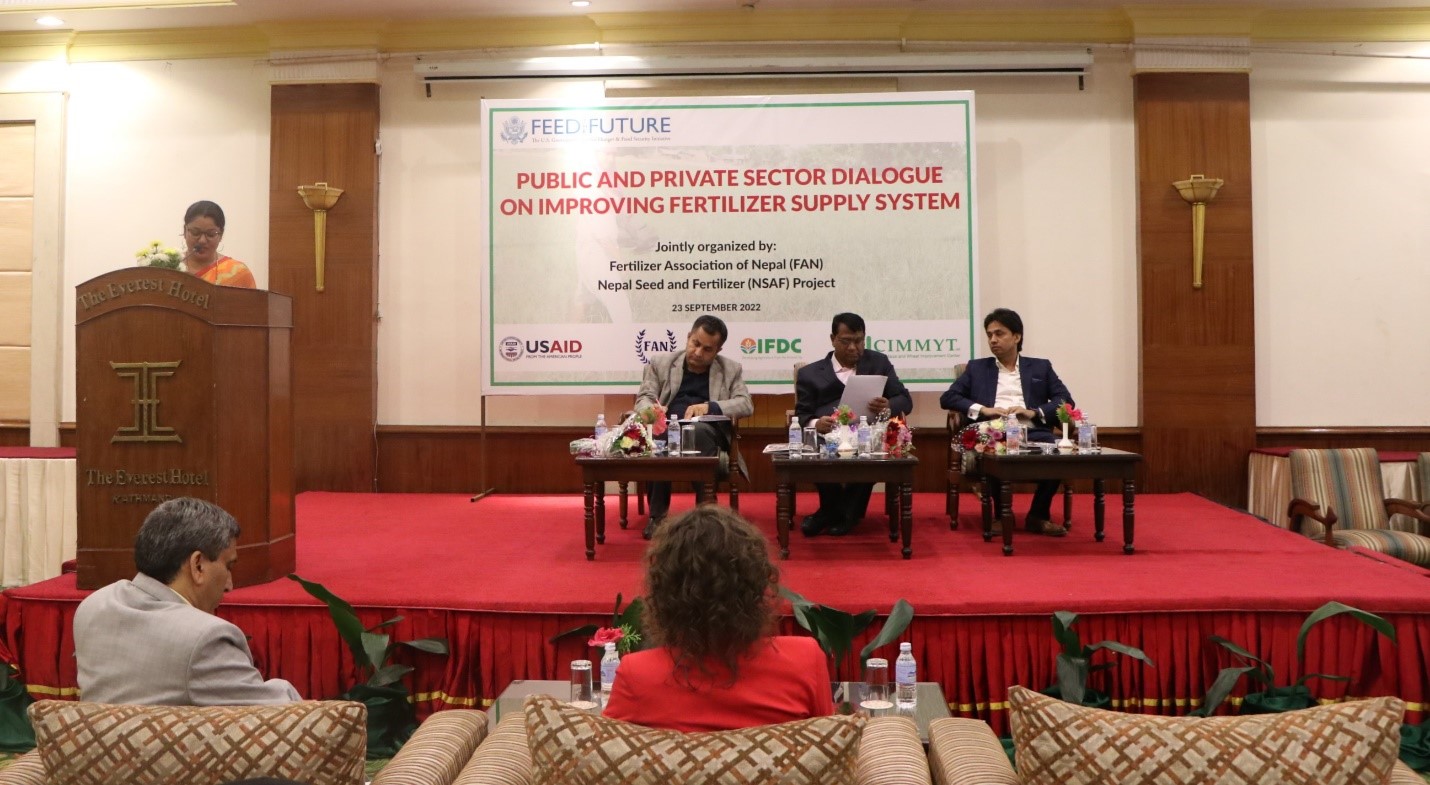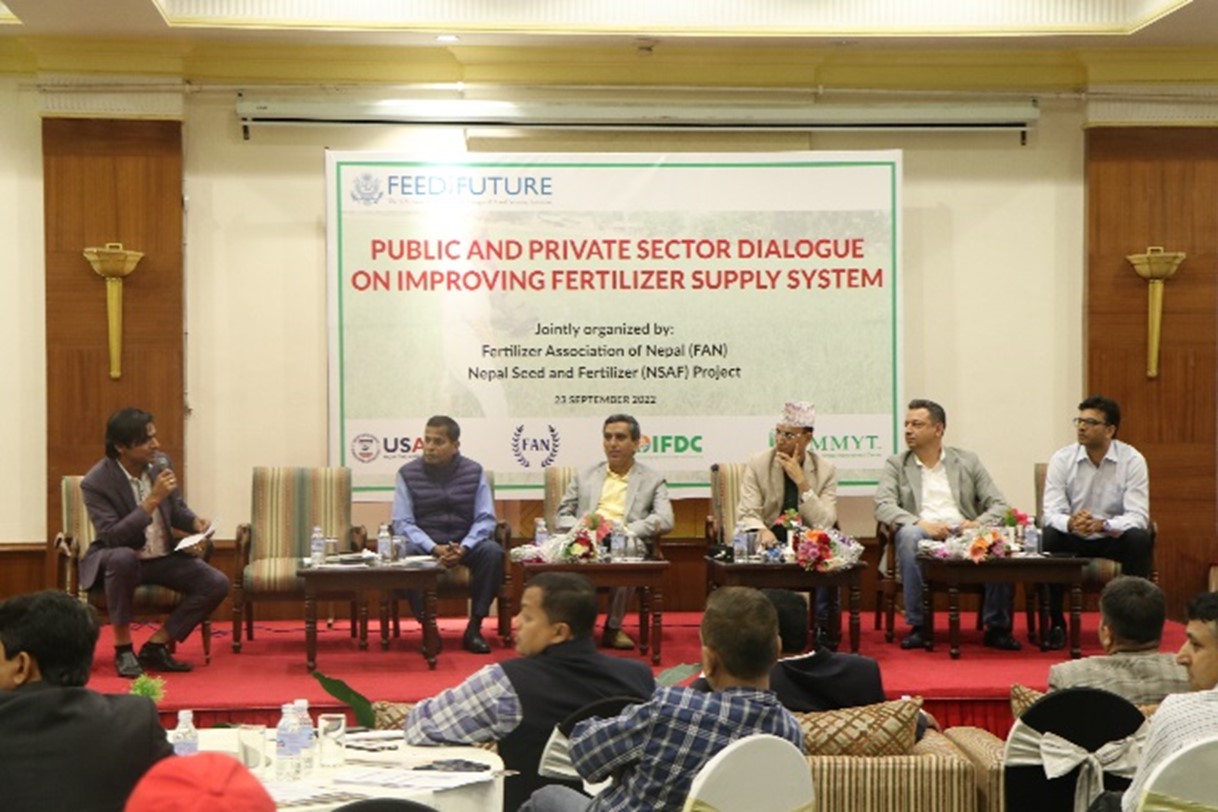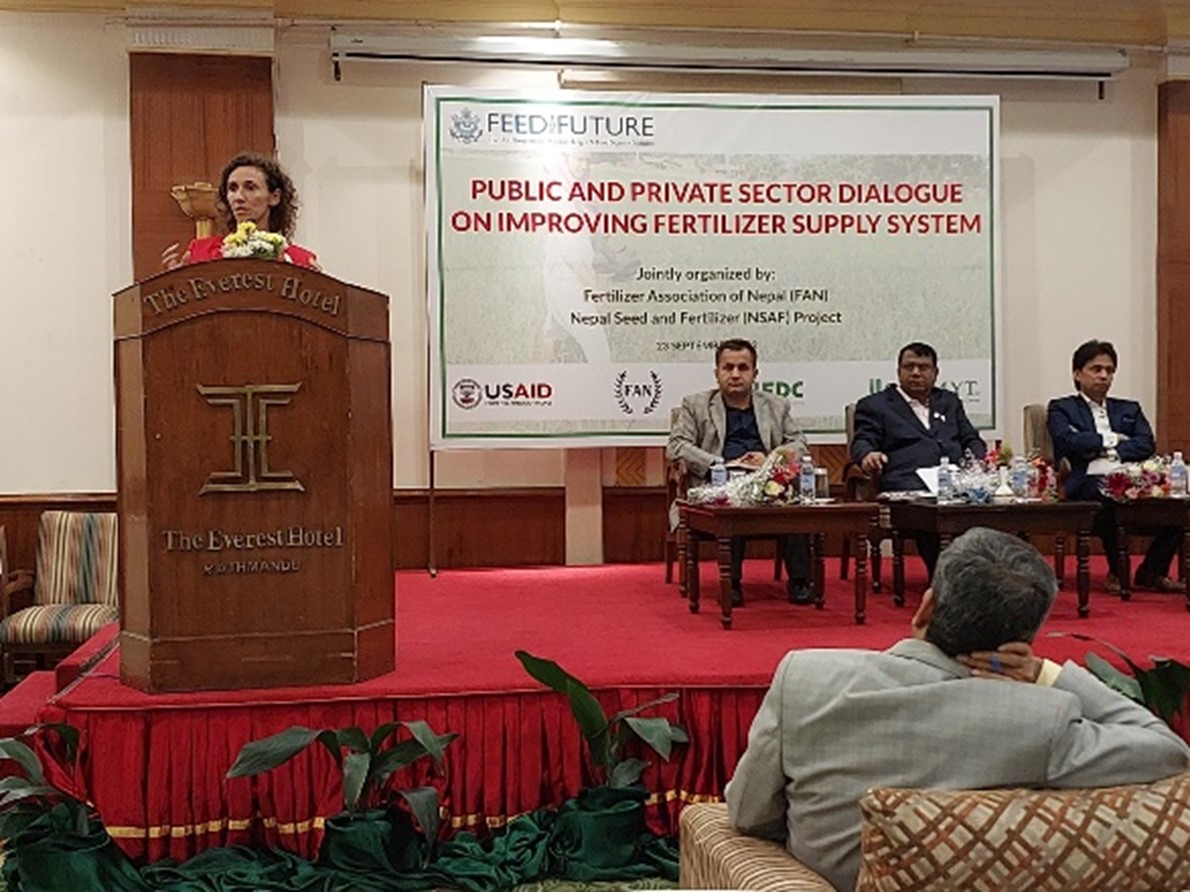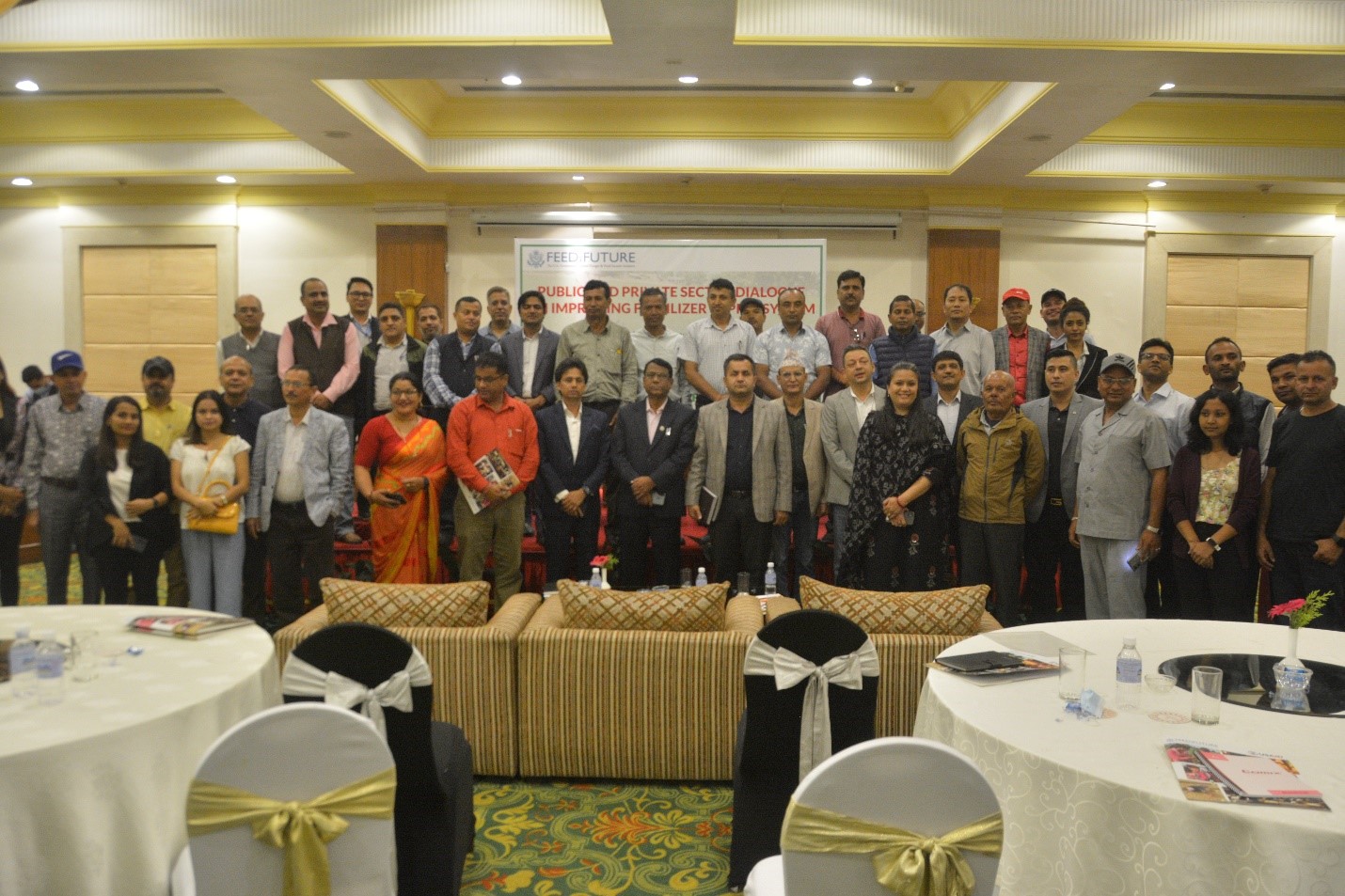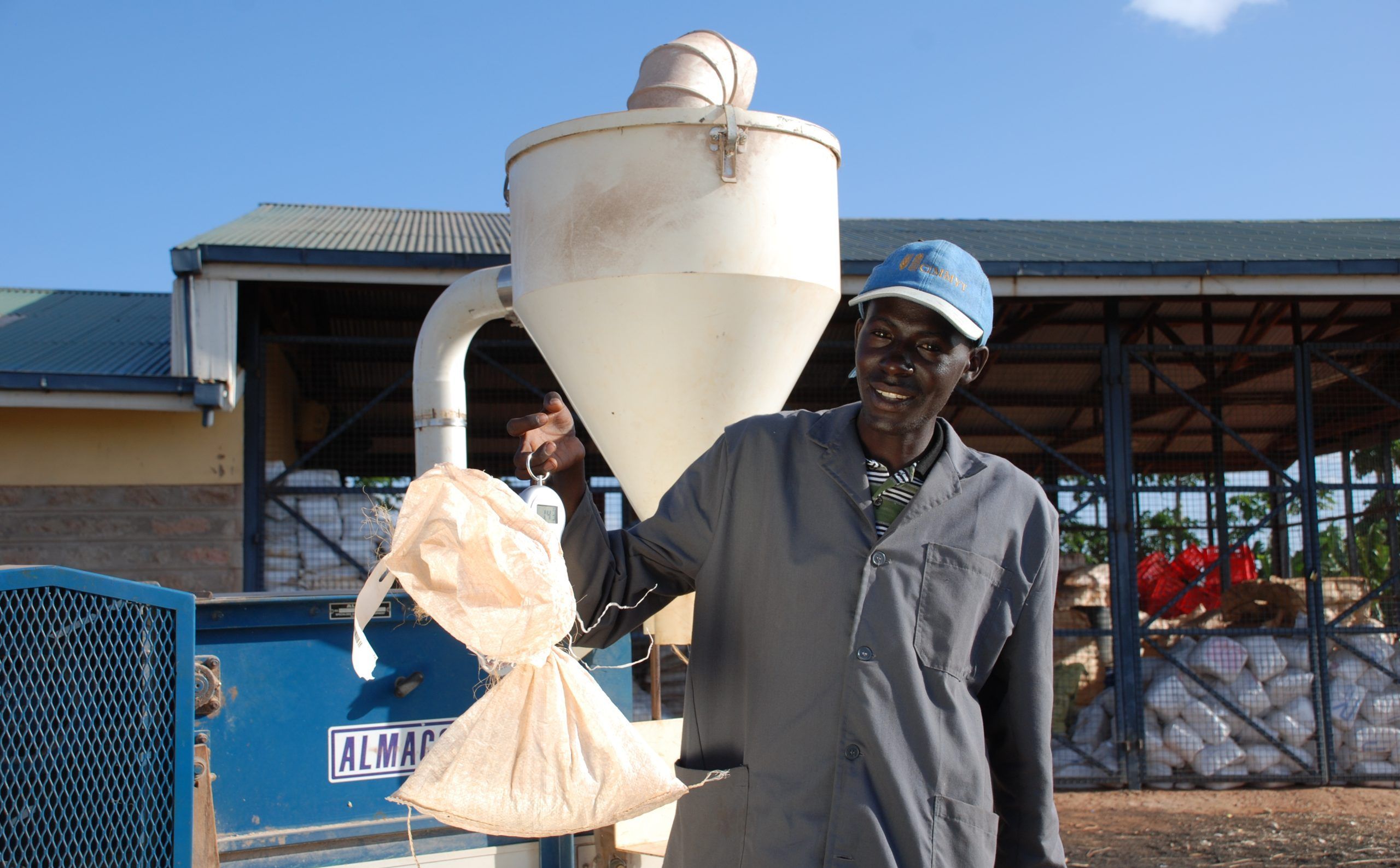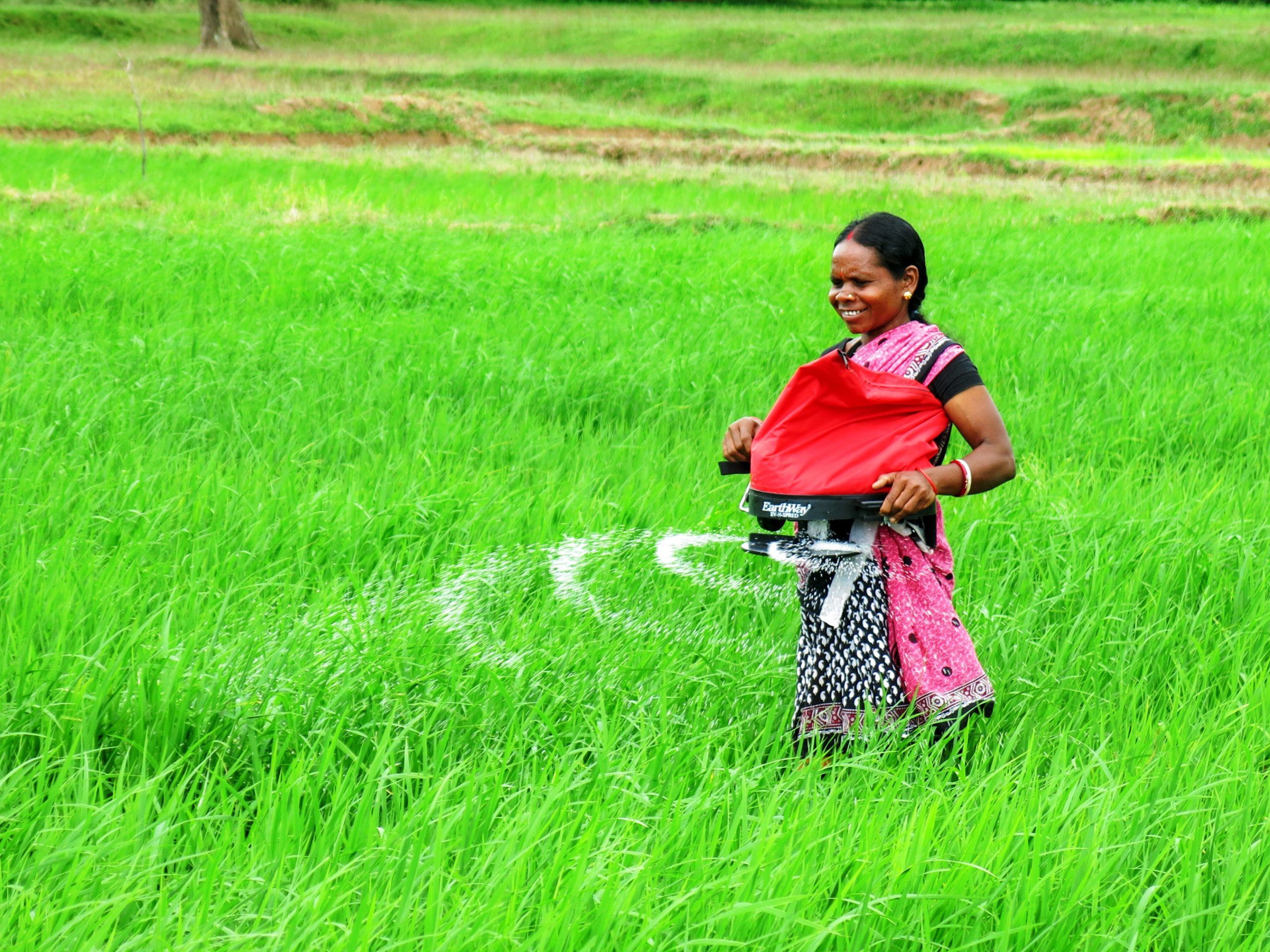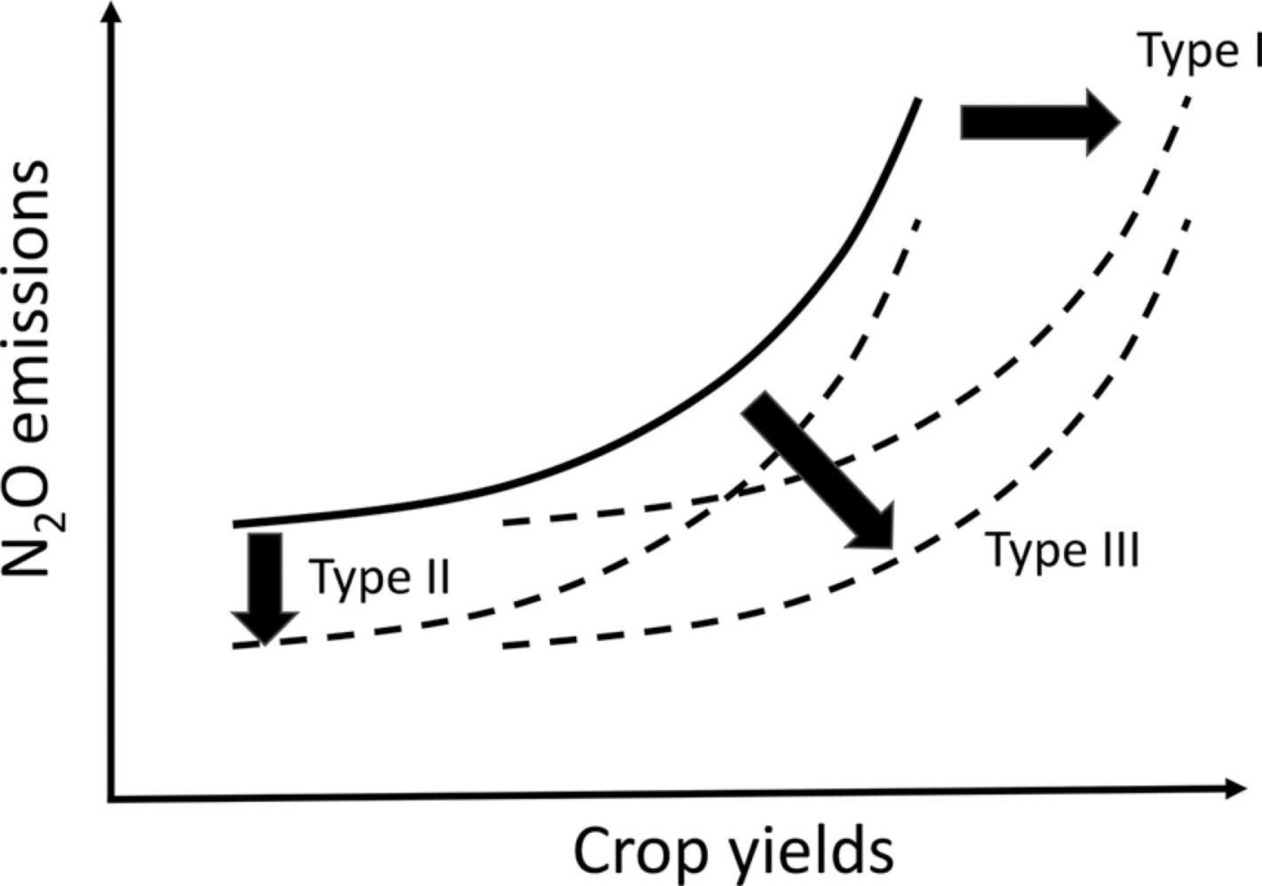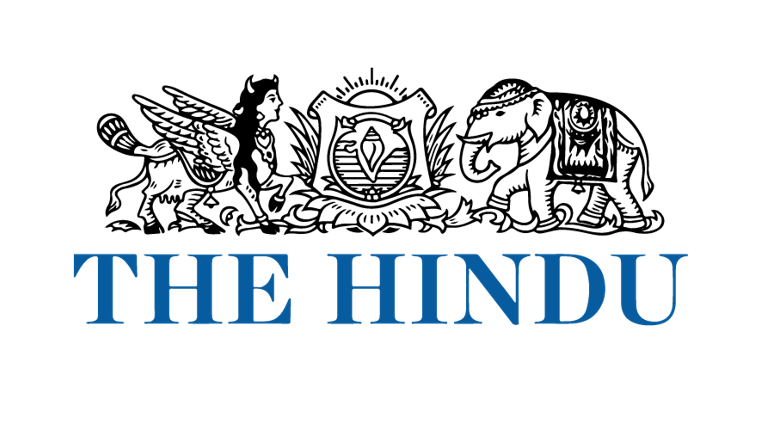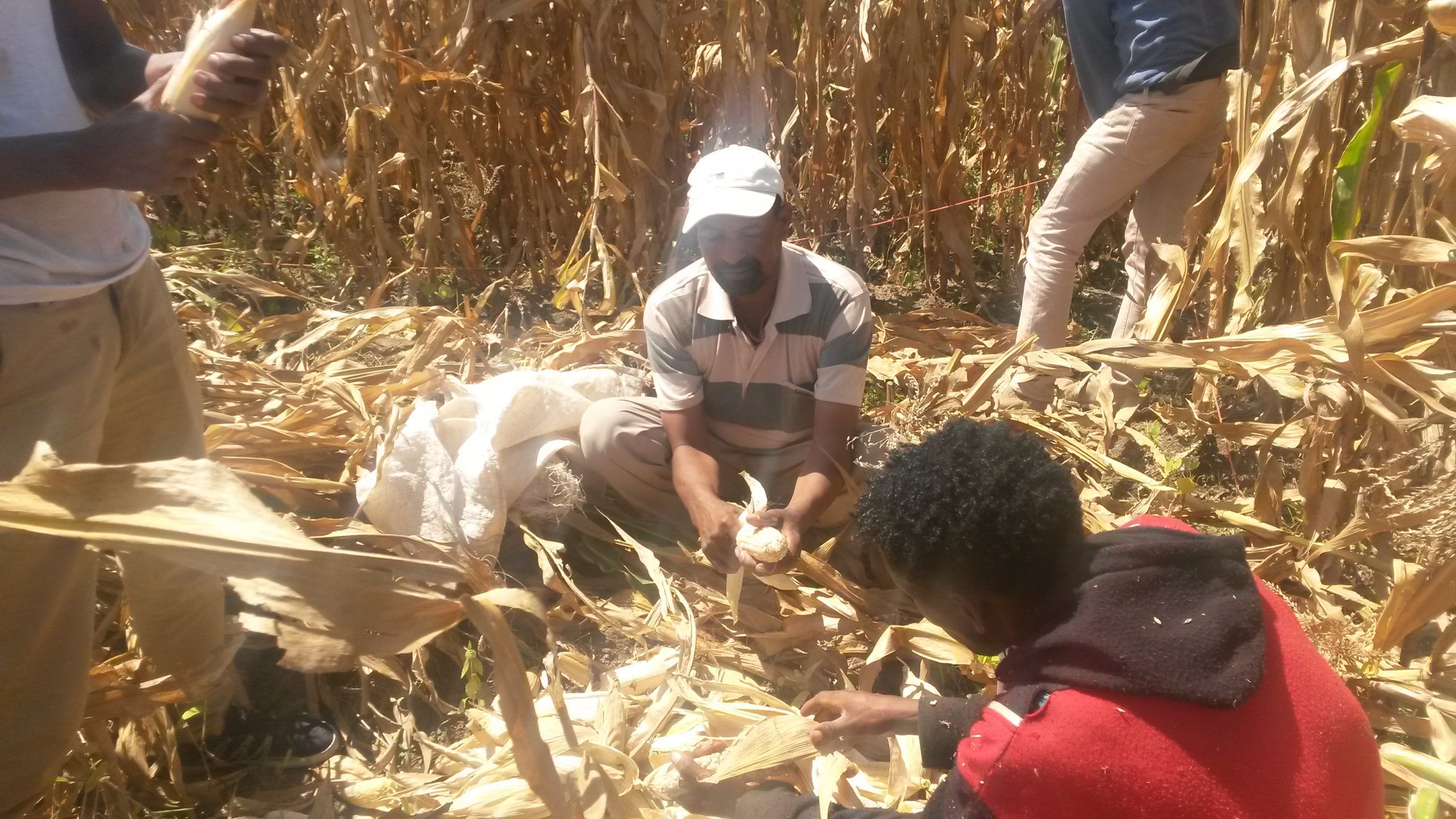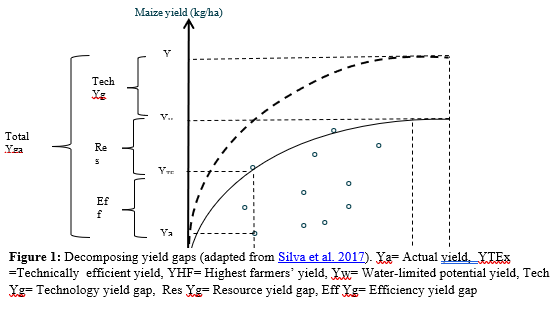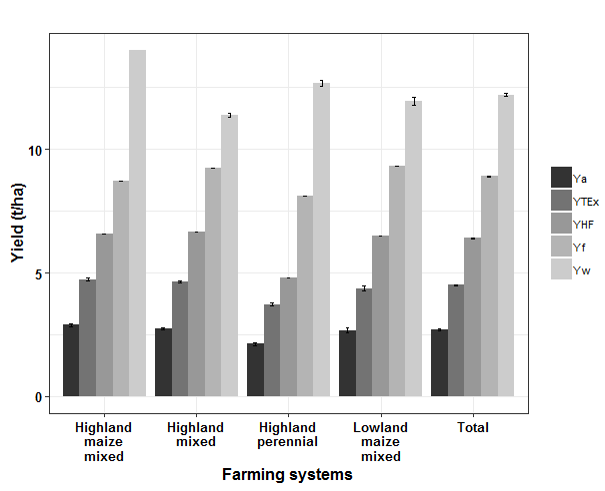Sustaining Health and Soil: Sundhani Tharu’s 4Rs Approach to Farming
Sundhani Tharu, a 44-year-old farmer from Pattharbojhi, Madhuwan-1 in the Bardiya district, in the mid-west of Kathmandu, is a leading example of how sustainable agricultural practices not only enhance crop production but also contribute to human and environmental health. Her dedication to a balanced approach to farming, which includes crop-livestock integration and the principles of the 4Rs of nutrient stewardship, has had a significant impact on her farm and the wider community.
Sundhani lives in a joint family of 58 members, with farming as the primary source of income. On their 8.13 hectares of land, they grow staple crops like rice, maize, mustard, and lentils, while also raising 26 cows, 17 buffaloes, and 45 sheep. Through this integration of crop production and livestock, Sundhani has built a closed-loop farming system where farmyard manure (FYM) from the livestock nourishes the crops, and crop residues feed the animals, ensuring minimal waste and promoting a natural balance between animals, crops, and soil health.

Central to her success is her application of the 4Rs of nutrient stewardship, which involves applying the right source of nutrients at the right rate, at the right time, and in the right place. This approach ensures that her crops receive the essential nutrients they need while minimizing environmental impact. With support from the USAID-supported Nepal Seed and Fertilizer (NSAF) Project, implemented by CIMMYT, Sundhani has been trained in nutrient management techniques, including the 4R principles. These practices have helped her optimize fertilizer use and significantly improve her crop yields, doubling her maize production from 30 to 60 quintals per hectare.
Sundhani also prioritizes the use of farmyard manure, which plays a vital role in her farming system. The manure from her livestock is carefully composted and used as a natural fertilizer, enriching the soil with organic matter and nutrients. This reduces her reliance on synthetic fertilizers, which can harm the environment and deplete soil health over time. By using farmyard manure, Sundhani is not only improving soil fertility but also promoting a healthier ecosystem for future generations.
Similarly, the importance of a healthy diet is another key focus of Sundhani’s farming journey. Her farm provides her family with a diverse range of crops, including rice, maize, mustard, and vegetables like cauliflower, tomatoes, and potatoes. These crops contribute to a balanced, nutrient-rich diet for her large family, ensuring that they receive essential nutrients from fresh, organic produce. Sundhani’s vegetable farming is further enhanced through climate-smart practices like intercropping and mulching, which protect the soil, conserve water, and increase the variety of crops she can grow.
In addition to her focus on nutrient management and healthy diets, Sundhani has embraced Integrated Soil Fertility Management (ISFM), a holistic approach to soil health. ISFM combines organic and inorganic fertilizers, along with improved crop varieties and efficient nutrient management techniques, to enhance soil fertility and ensure long-term agricultural productivity. Through ISFM, Sundhani has achieved sustainable growth in her farming operations while safeguarding the environment for future generations.

Though Sundhani can hardly read or write, she is contributing to the “One Health” movement—a global initiative that connects the health of people, animals, and the environment through best management practices in agriculture. By integrating crops and livestock, using farmyard manure, and applying the 4Rs of nutrient stewardship, she promotes a sustainable, eco-friendly system that enhances food security, improves soil health, and protects natural resources.
Looking ahead, Sundhani is determined to expand her farming ventures. She plans to venture into seed production for rice and mustard and hopes to increase her earnings from NPR 5 lakh (USD 3,740) to NPR 8 lakh (USD 5,987). By continuing to inspire her community and advocate for local vegetable markets, Sundhani envisions a future where farming is not only a source of livelihood but a cornerstone for a healthy, thriving ecosystem.
Sundhani Tharu’s story highlights the power of nutrient stewardship and sustainable farming to create healthier soils, crops, and communities. Through her dedication to the 4Rs, ISFM, and promoting farmyard manure use, she is paving the way for a future where agriculture is in harmony with nature—benefiting both people and the planet.



